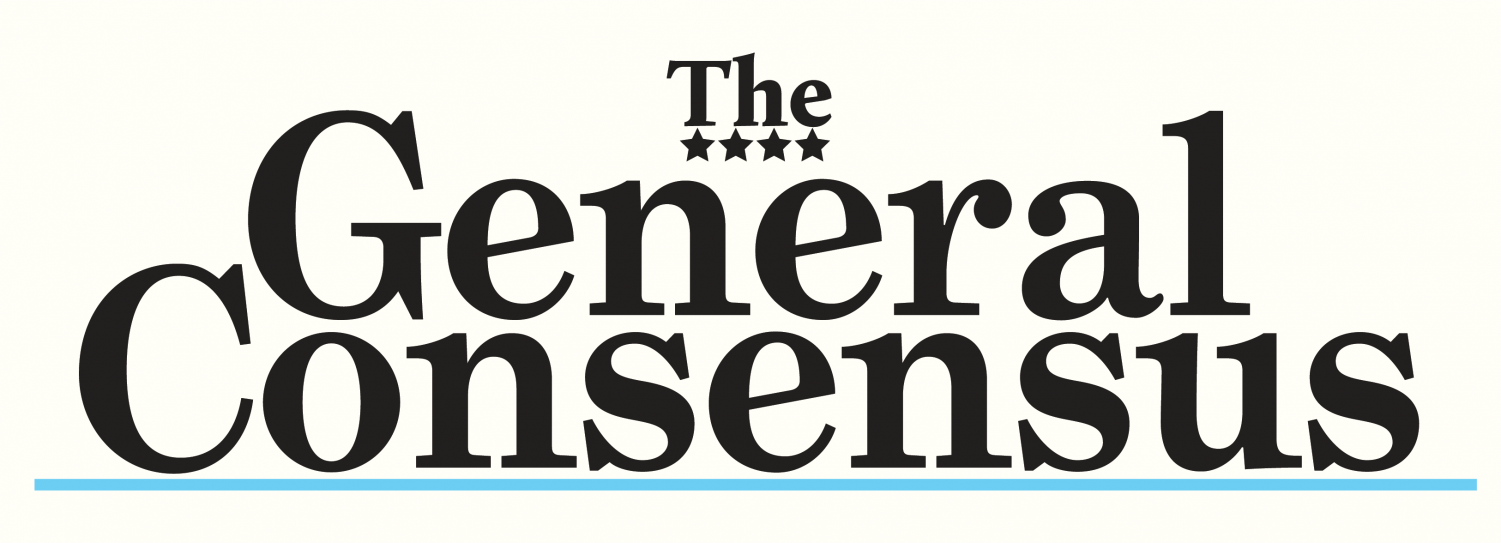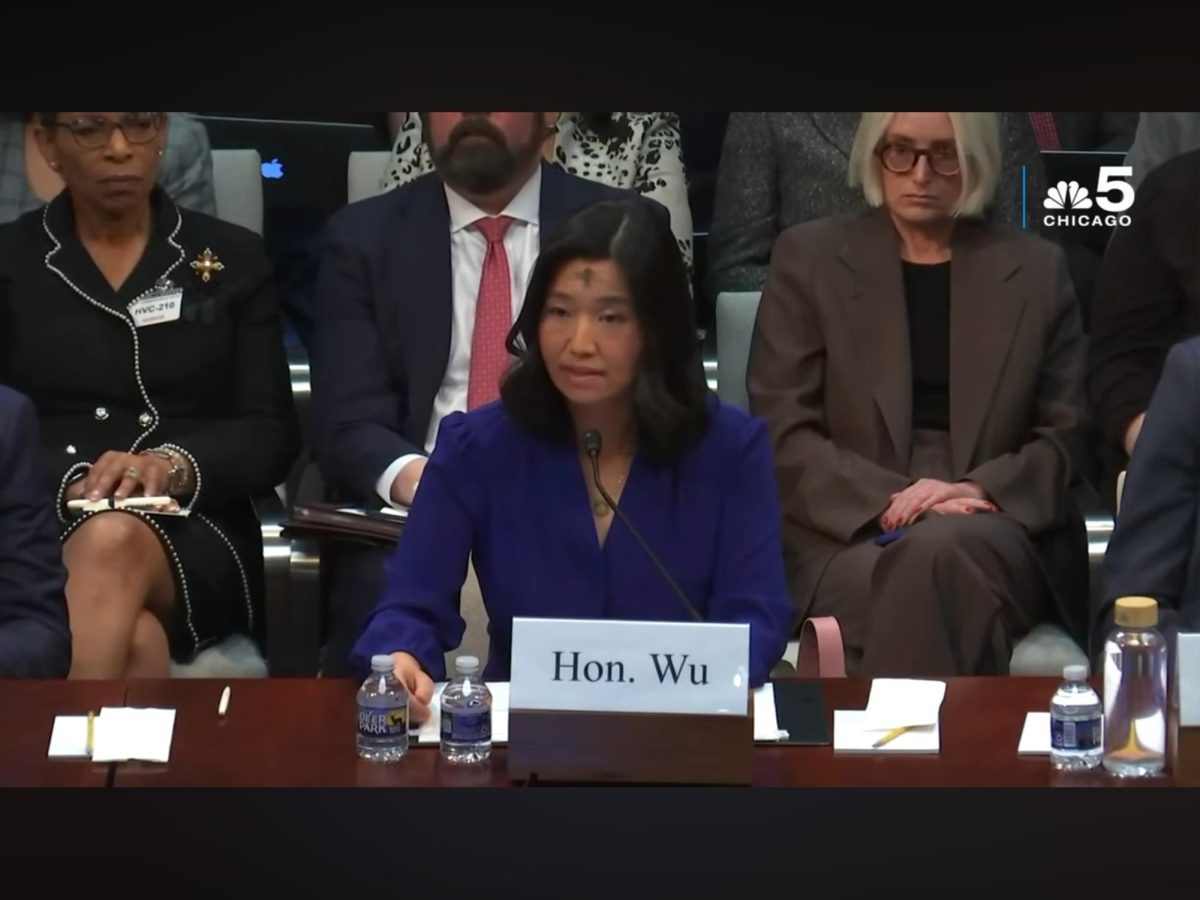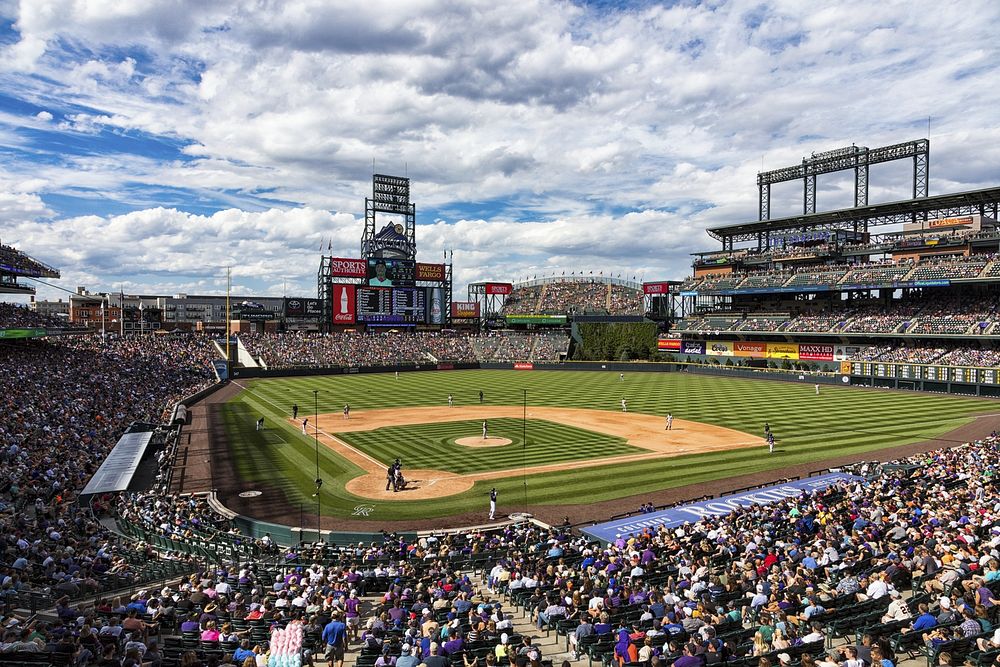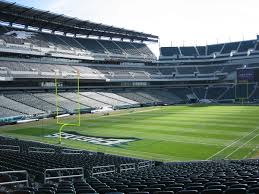AI poses threats to the future and must be restricted immediately.
According to Merriam-Webster’s dictionary, AI is “Software designed to imitate aspects of intelligent human behavior.”
According to Forbes, as AI develops and grows each day, threats and problems arise. These problems include threats to people’s privacy, misinformation, and manipulation, along with jobs being put at risk, such as artists.
Issues with privacy and security are of particular concern today due to AI’s ever-growing abilities.
The article from, Tableau a company that uses AI, “AI technologies often collect and analyze large amounts of personal data, raising issues related to data privacy and security.”
Personal data belongs to you and you alone. The ability of an AI to collect personal data is scary and concerning. If AI becomes developed enough, which is developing very rapidly, the amount of personal data collected could be exponentially more.
“The idea that such a development is inevitable — that it is, essentially, the future,” says pbs.org. This idea was the main focus of the U.S. Senate hearing in July.
However, approaching the security side of the issue, AI is developing more and more every day, and with the lack of regulations on its use, those with malicious intentions are free to use it.
Forbes explains what those with ill intent could be capable of. “Hackers and malicious actors can harness the power of AI to develop more advanced cyberattacks, bypass security measures, and exploit vulnerabilities in systems.”
This issue is a more general issue that could serve as a major issue for a large majority of people. According to Pew Research, about 95% of the adult population in the United States use the Internet. Even though cyber attacks happen daily, with roughly “a hacker every 39 seconds”, says a Clark School Study featured in the ung.edu article.
With the help of AI, this number could become larger and affect more people. Many jobs, ranging from customer service agents to accountants, are at risk of being replaced or at least reduced. While this may take a while to take effect, one career that is currently being impacted is artists.

Threats to artists’ jobs continue to become more prominent as more AI Art services come on the market. The ease of making art with AI-generated images allows art to be made without any effort, reducing the need for actual artists.
In an interview with PBS, Christopher Schuman, an artist, says, “In a few years, everyone can generate anything — video, images, text. Anything that you can describe, you can generate it in such a way that no human can tell the difference between AI-generated content and professional human-generated content.”
Not only are artist worried about being repeated, that are also upset that their work is often stolen without credit.
Kelly Mckernan, an artist, even tried to contact companies wrongfully using her art.
She wrote, “‘Hey, little artist here, I know you’re not thinking of me at all, but it would be really cool if you didn’t use my work like this.” In response, she got “crickets, absolutely nothing,” Mckenan told PBS.
Smaller artists like McKernan have no real power over big companies today. Even when reaching out to address what has happened, no response is given.
It’s not all bad news. AI can be used for good. Nyu.edu emphasizes that AI can be used as a starting point in art and can give artists a helpful boost when starting a new piece of art.
However, as noted in Schuman’s case, AI is not being used as a starting point; it is simply used to copy and re-create art with no credit to artists. While it could be argued to help in schools with students for things like brainstorming, Elizabeth Laird disagrees with this in marketplace.org.
“This technology introduces mistrust and creates an adversarial relationship between teachers and students,” said Laird.
This mistrust between students and teachers leads to a poor working relationship between these students and teachers.
Regulations that restrict how AI is used and put limits on what it can be used for can help. Art AI should credit the artists based on whether the artists approve of their art being used. Another solution would be to create laws about what AI-generated material can be published or posted, as credibility continues to be a problem.
Finally, with students, some apps detect AI in paragraphs. Currently, there are many sites, such as turnitin.com, that will detect AI in papers submitted by students. Using apps like this across all classes and schools can prohibit students from using AI to do their work.
This then contributes to better relationships between teachers and students as there is no question of whether or not AI was used.
AI is an ever-growing issue that many people are under-educated about. We should look at states that have already taken a stand against it.
“California and Illinois passed laws last year allowing people to sue those who create images using their likenesses. Texas and Minnesota make it a crime punishable with fines and prison time,” sports NPR.org.
If the rest of the United States and even the world follow in these footsteps, we may be able to confront AI’s ever-growing threat.














